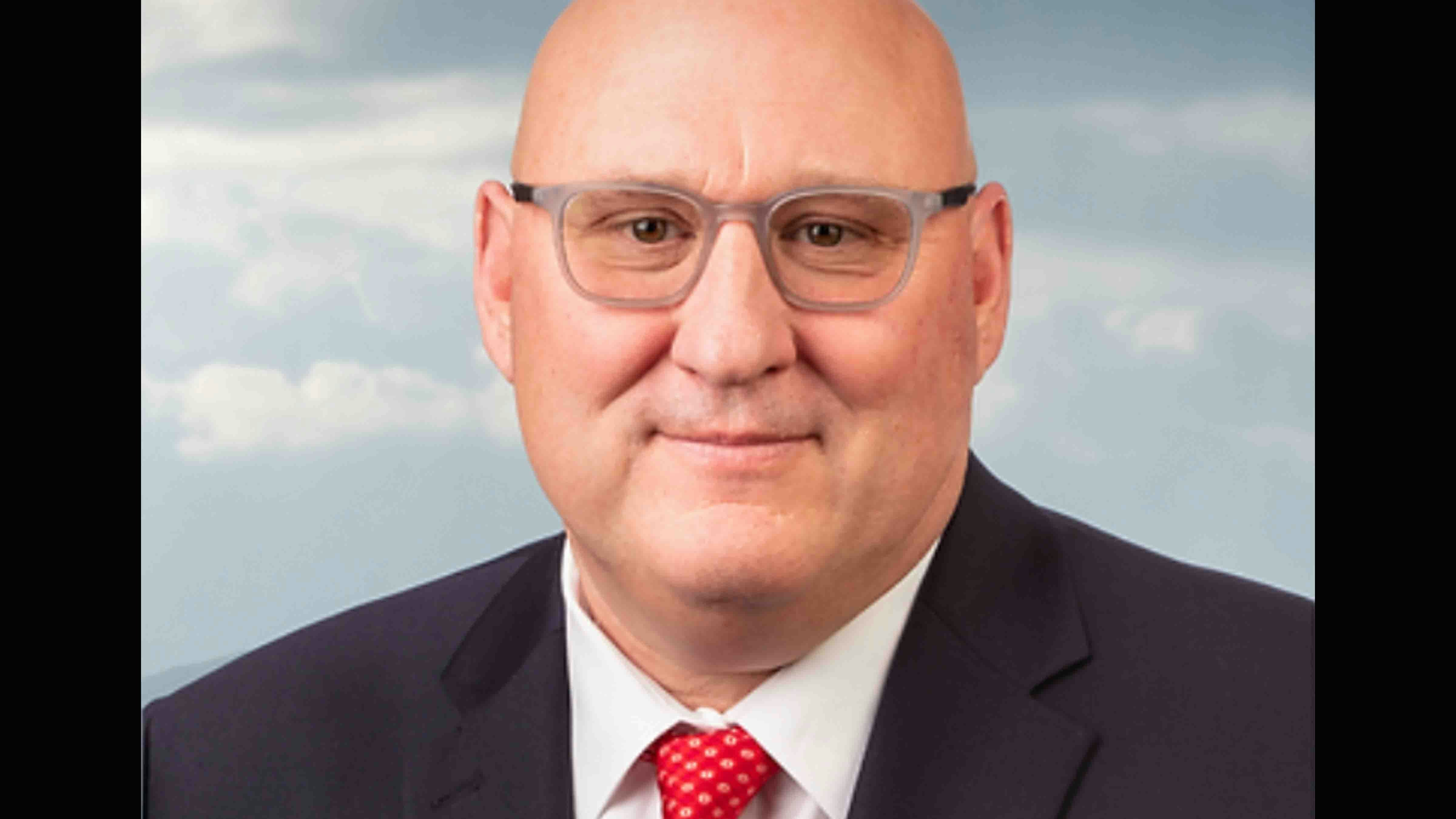As the 67th Legislature once again considers Wyoming residential property tax proposals in the 2024 Budget Session, it is my hope that they will take into consideration all the contributing factors of the property tax system and the local services it provides.
Any changes in the property tax system must provide immediate and targeted relief with a measured approach.
Here are some helpful reminders of what property tax is used for.
First, property tax is a LOCAL tax that provides a way for Wyoming citizens to pay for the services they have become accustomed to.
Just to name a few, those types of services include K-12 education, local government, law enforcement and special districts, such as fire, weed and pest, hospitals and community colleges.
Many of these services have had local authorizing elections to provide local solutions for local needs.
Additionally, property tax is the way that we as Wyoming citizens fulfill our constitutional obligation to provide an equal and adequate education for all Wyoming students for the K12 education system.
The legislature has a complicated task in front of them when contemplating the increased residential property assessments and the preservation of the stable funding for these critical, constitutional, and local services.
Without a doubt, we are in unusual times with significant inflation and an extreme increase in demand for property and shift of populations. Those circumstances have had a significant impact on many Wyoming residents and their tax bills. However, these conditions are situational and do fluctuate.
With that said, successful proposals will contemplate the stresses of situational economics and provide immediate relief that can be adjusted to meet the needs of local and state requirements.
More complex structural tax policy changes are permanent and inflexible and thus should be utilized for true tax reform and stabilizing Wyoming’s economy.
Without a measured approach in reduction of spending or identifying additional resources (tax increases) to meet the cost of services, anything that limits property tax revenues will result in a future shift of the burden from one tax classification (residential) to another (commercial, industrial, and mineral).
This would place significant pressure on an already unbalanced system and only further exacerbate the volatility of Wyoming’s economy.
Ashley Harpstreith is the Executive Director of the Wyoming Taxpayers Association





